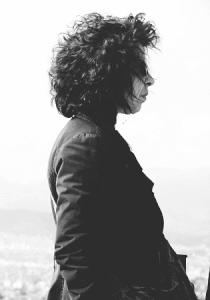Tales and ancient myths often refer to the concept of transformation. Notably, many ancient Greek myths use transformation as a solution to a problem; as katharsis, according to the ancient Greek term. Such is the case of Vavo's myth, which is closely associated with mysteries in ancient Elefsina and goddess Demeter. Vavo was an old servant who managed to make the goddess laugh, when the first picked up her dress and showed Demeter her genitalia and her pregnant belly. Apart from this myth, there are also many ancient Greek sculptures depicting this scene. Vavo’s myth and its artistic representation is a message of life to Demeter’s mourning for her daughter Persephone who was kidnapped by Hades.
Theoretical sciences, such as psychoanalysis and philosophy, have often based their new theories on ancient myths. But how is genetic science and, therefore, bio art with this particular ancient Greek myth? Furthermore, is bio art associated with ancient Greek myths and their representations and, if so, in which way? This paper examines the case study of Vavo's representations in relation to bioart and genetic science. More specifically, the works of bio artists, such as Patricia Piccinini's and Jalila Essaïdi's, will be investigated together with genetic science's accomplishments regarding the issue of the evolution of the human life, as well as the birth of a new life, as Vavo's myth preannounced.
Back






